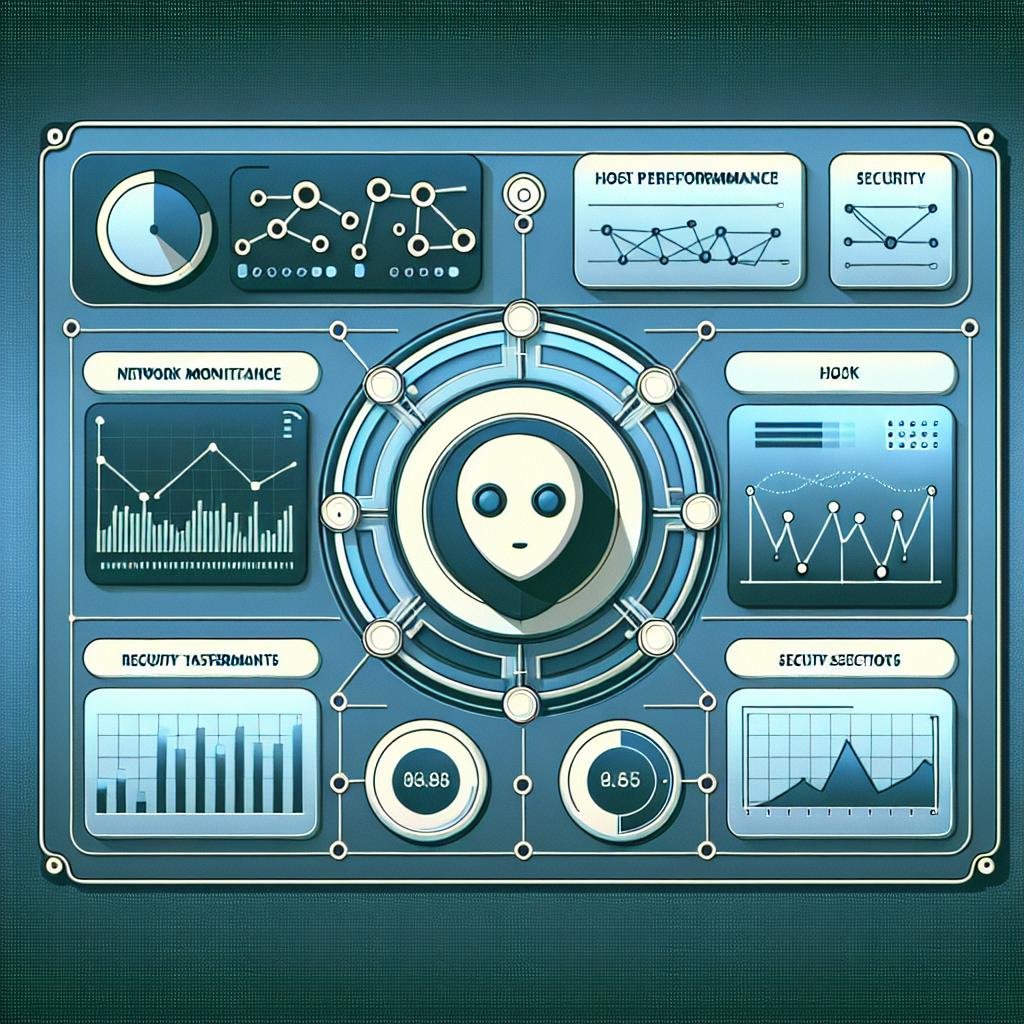As an IT professional, monitoring your network's performance and security is crucial to ensuring that your business runs smoothly. With so many potential threats lurking around every corner of the internet, it can be overwhelming to figure out which metrics you should focus on to keep track of everything that’s happening. In this blog post, we’ll take a look at 10 key metrics for monitoring your network's performance and security.
- Network Uptime
The first metric to monitor is network uptime. This refers to the amount of time that your network is operational and available for use by employees or customers. Keeping track of uptime allows you to quickly identify any disruptions in service and gives you an idea of how well your system is functioning over time.
- Latency
Latency measures the delay between when data is sent from one point on the network (such as a server) and received at another point (like a user’s computer). High latency means slower response times, which can negatively impact employee productivity or customer satisfaction.
- Packet Loss
Packet loss occurs when packets of data don’t make it through either due to faulty connections or overloading on some part(s) of the system resulting in dropped connections etc.. Monitoring packet loss provides insight into how efficiently data travels across your network.
- Throughput
Throughput represents the rate at which data passes through a system under normal conditions - basically its maximum capacity under regular circumstances without any hiccups such as drop in connection speeds etc...
- Bandwidth Utilization
Bandwidth utilization shows how much traffic flows through available bandwidth vs total bandwidth capacity; this helps understand usage patterns/behavior in order not only manage but optimize transmission rates especially during peaks periods like say school holidays where volumes tend towards heavy consumption levels cause additional strain often leading other issues like congestion or bottlenecks during peak hours..
6.Security Threats: Malware/Viruses Attacks
Whether they come via email messages, malicious websites or file downloads, malware and viruses pose a dangerous threat to your network's security. Monitoring for these types of attacks is critical in order to prevent them from spreading within the system; utilizing anti-virus software can be beneficial here.
- Intrusion Attempts
Intruders like hackers will always try their best to find ways into your network with the aim of stealing sensitive data, gaining access to resources they shouldn't be able without permission etc… Keeping an eye out for suspicious activity like excessive login attempts on admin accounts or unauthorized requests from unknown IPs including spikes in traffic mustn’t go unreported - you may just have caught an intruder red handed!
- Firewall Logs
Firewalls are designed specifically protect against some forms of intrusion attempts while denying others based on what rules have been configured; monitoring firewall logs provides insight into which protocols were allowed/disallowed- it’s helpful when identifying patterns of unusual behavior that may warrant closer attention..
- DNS Requests Traffic
DNS (Domain Name System) requests provide context for how users interact with different domains using various applications, devices and OS platforms being used across company wide architectures or infrastructure networks in general.. These records also show things such as whether users are accessing non-approved sites or if any systems have been compromised by malware/viruses.
- User Activity/Behavior Metrics
This metric refers to tracking user activity particularly around productivity levels e.g., work hours logged per day or week and active time spent per application during regular working days... This helps management identify top performing personnel and gain insights into areas where there might be potential issues (like overworked staff leading burnouts).
Monitoring these 10 key metrics should give you a solid understanding of how well your network is performing and whether any threats are present that need immediate attention. By keeping track of these metrics regularly, you'll know exactly what needs improving so that your business runs smoothly at all times!


